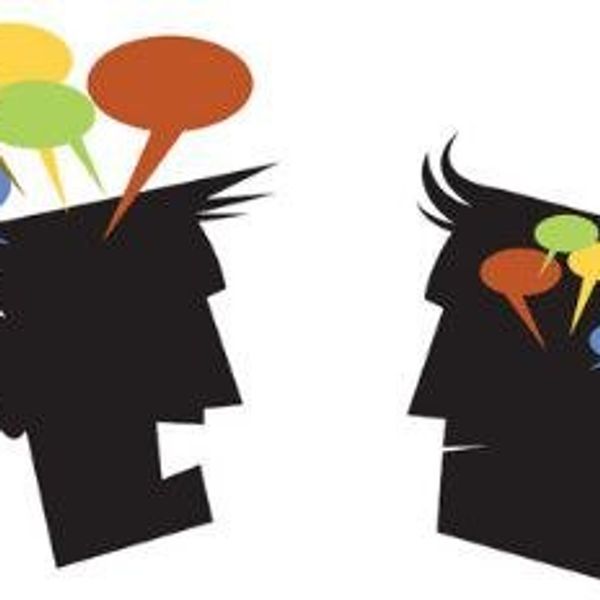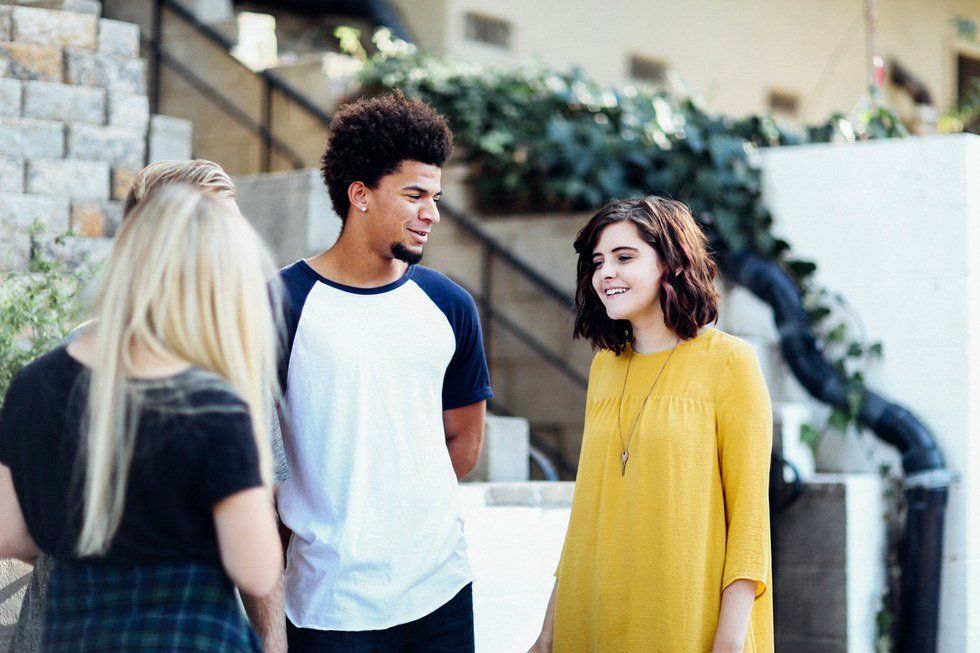To put the record straight, introversion and an aversion to people are not mutually exclusive. In fact, extroverts and introverts may be perceived as complete opposites, but the only variable that separates the two is tolerance for stimulation.
Extroverts thrive for stimulation. Consequently, they cause enough stimulation to satisfy themselves by interacting with the people around them and captivating their attention. Introverts, on the other hand, tolerate less stimulation. They can and will interact with the people around them, but they easily tire of multiple social scenarios going on around them. So what happens when you really love people but can’t really grasp why you feel so awkward and uneasy when you interact with them? That, my friend, is what we call an extroverted introvert.
Either you completely understand the descriptor, or it’s foreign to you. Yes, extroverted introverts are real and yes, I am one of them. Unlike an ambivert, someone who is equally introverted and extroverted, extroverted introverts have a lot more internal conflict before, during, and after social interaction. We are so enthusiastic around new people, but somehow find ourselves on the quieter end of the spectrum. We calculate our movements and our words, but sometimes our excitement boils over and we find ourselves immediately making new friends or doing something awkward and becoming reserved until we recuperate.
For me, it didn’t actually start out that way. During my elementary school days I was socially uninhibited. My mom would call me a social butterfly and I enjoyed the fact that the word butterfly somehow described an aspect of my personality. When middle school hit, my social inhibitions began to kick in and interpersonal interaction became a difficulty. I lost friends to brazen behaviors and began to think that each action prompted a negative reaction.
When I hit high school, socializing with new people went from an intimidating to downright inconvenient. Luckily, I already knew all my classmates and forged bonds long before hesitation dominated any interactions. Speaking in class, on the other hand elicited an increase in heart rate. When I answered a question wrong, a great deal of blushing would occur.
During the summer before senior year, I spent three weeks making friends with 11 strangers in the Alaskan wilderness and I wouldn’t have done so without overcoming self-imposed social barriers. When I came back, I still struggled with introversion, but I suddenly found myself ignoring the quickening of my pulse and the sweat on my palms. I began to accept that I couldn’t please everybody, but I found that making friends becomes easy when I give a genuine smile or compliment. From there, I resolve to be myself and accept whatever follows with a positive attitude.





















